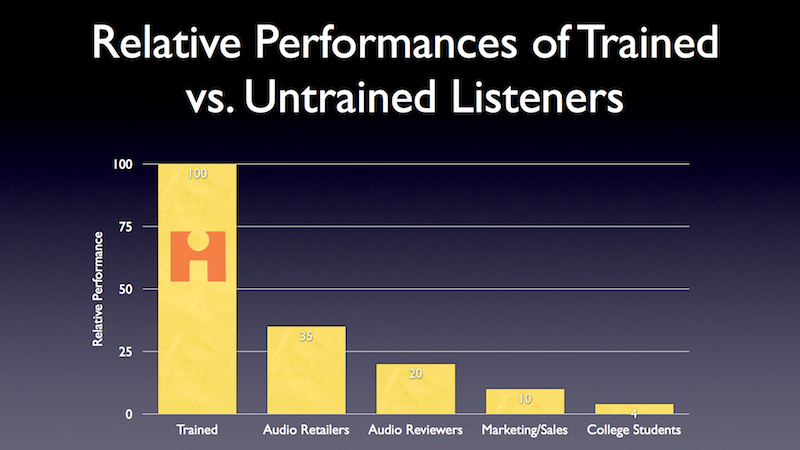It is true hand chosen discrete components for given application / topology will trump run off the mill op-amps, It is also easy to get things wrong in lesser hands.
I have personally never liked Topping's stock ESS based implementations (purely from sound quality perspective). But that's my subjective opinion. They seem to chase 5 leading 0s THD+N more than pleasing tonality.
I particularly dislike the use of OPA1612 in I/V stage - it is NOT a part meant for trans-impedance application. For I/V stage, if not using passive components, at least use parts with very high slew rates and bandwidth. Or implement ESS DAC in Voltage output mode.
Similarly OPA1612 is not an optimal (even TI does not recommend using it given the high input current noise) in LPF stages.
D50 (not D50s) particularly sounds horrendous!
Yes it can be made to sound better by swapping those parts with something else. And in the process it might drop a leading 0 (or 2) in the measurements which won't earn the product that high rank

Bottom line is - the company has good engineers in that they can churn out good
measuring devices. It's about time they also invest time in extensive listening tests and see if it actually sounds good to human auditory system. Try comparing the sound with DACs which might not break records in measurement department but are highly praised for their sonic performance. After all, we don't listen to music via an AP analyzer.

